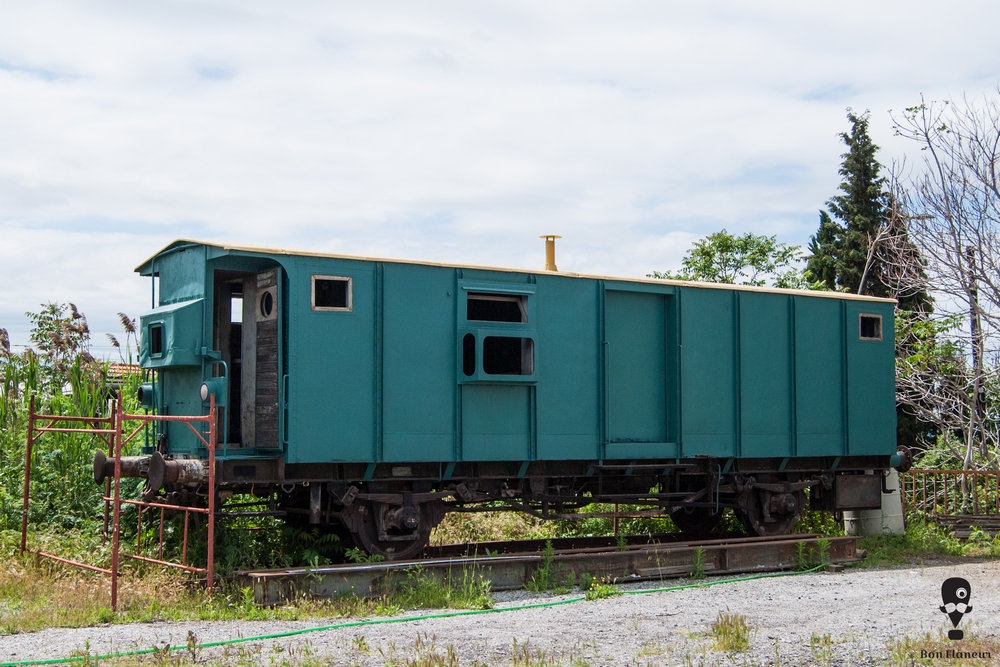Railway Museum of Thessaloniki
The Railway Museum of Thessaloniki is located on the western edge of the city.
Location
Timeline
Modern and Contemporary era (1912 - )
2001 The museum opened.
Ottoman era (1453- 1912)
1871 The Ottoman Empire began to build a railway network. It was completed in 1907.
1891 Construction of the building began.
1894 Building construction completed.






Share